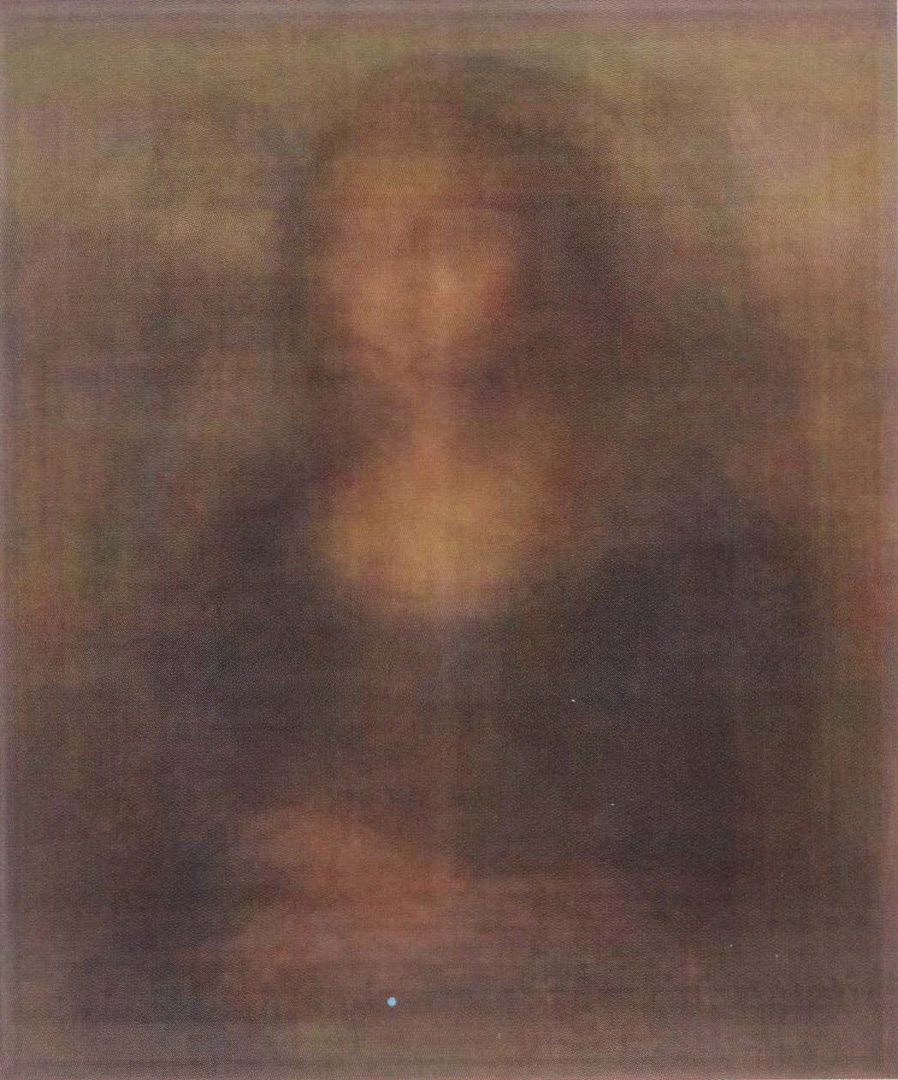Meggan Gould: mona + lisa
Artist(s):
Title:
- mona + lisa
Exhibition:
Creation Year:
- 2005
Medium:
- Photography
Size:
- 2.5 inches x 3 inches
Category:
Artist Statement:
Through the Google series, I seek to examine the visual experience of the internet and propose a visual means of exploring encounters with the increasingly ubiquitous screen-based landscapes through which we routinely meander. Although these contemporary landscapes may be composed of gifs and jpegs, bits and bytes, as opposed to the trees, bushes, and buildings of conventional landscapes, they are nonetheless a new arena laden with visual stimuli within which we move – scrolling, moving backwards or forwards, opening and closing new windows on new imagery and new paths. The Google search engine has reached iconic status in a few short years, entering the popular lexicon as a noun, a verb, an idea, a listed stock. Its ubiquity is a testament to the widespread use of new information technologies as well as a gradual shift in our interaction with information, in both textual and visual forms, attributable in large part to new forms of displaying and categorizing vast quantities of data. Google’s Image Search function is based on an analysis of the text on the page adjacent to an image, image name, and unspecified “other factors;” from these factors, image content is deduced in response to a query. In the search-engine process, there is noinvolvement of human judgment to define the visual content of individual drawings, photographs, clip art, or animations; unexpected, often inexplicable, connections between text and imagery occur frequently. The images in the Google series are the results of contemporary encounters with the virtual landscape of the internet. They are composite images, mathematical averages of the first 100 images retrieved from a Google query for a specific word or phrase. Each downloaded image relinquished its size, its shape, and the clarity of its individual pixels in its merger with the other results from the query. The results, a visualization of intersections between Boolean logic and the popular imagination, are more often than not a hopeless jumble of unidentifiable pixels, but occasionally a recognizable form does emerge. Truly iconic imagery is elusive, particularly considering the glut of computer graphics through which internet spiders and archivers crawl daily. Only a small fraction of searches retain any degree of legibility through the averaging process. Like time-lapse photographs of movement through physical space, the Google Series explores how movement through virtual landscapes similarly obliterates detail, exploring the aesthetic potential within the motion itself.
All Works by the Artist(s) in This Archive:
- Meggan Gould
-
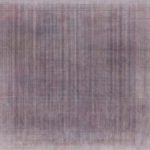
barcode
[SIGGRAPH 2005] -
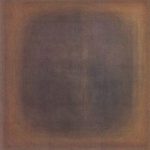
daguerreotype
[SIGGRAPH 2005] -
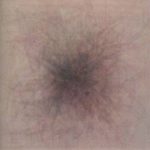
black+widow+spider
[SIGGRAPH 2005] -
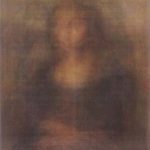
mona + lisa
[SIGGRAPH 2005] -

portrait
[SIGGRAPH 2005]

